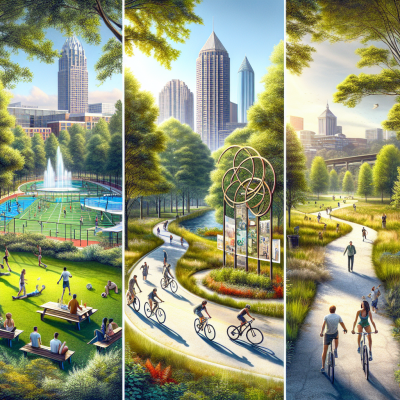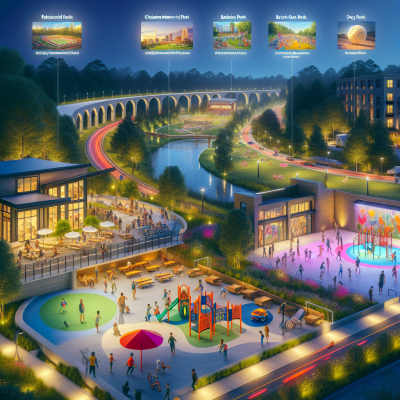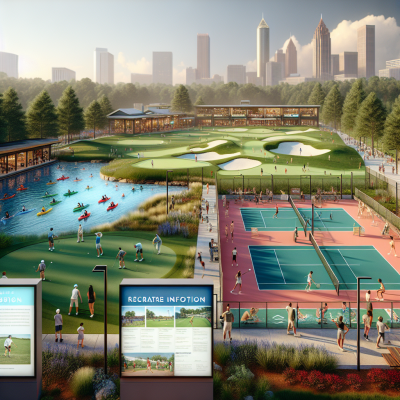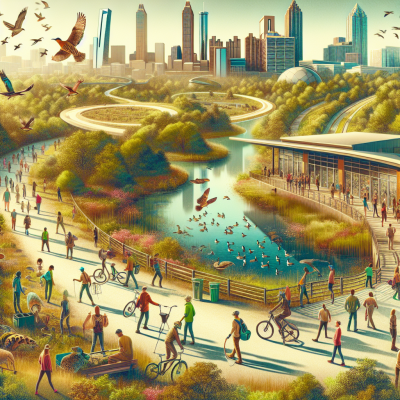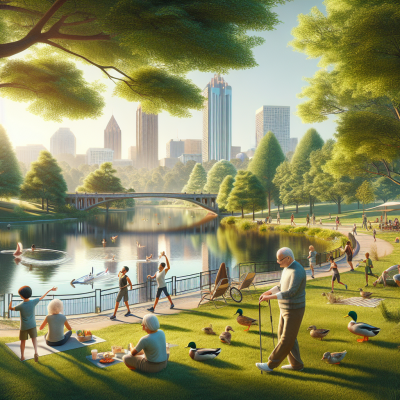
Parks and Recreation in Atlanta
Exploring Atlanta's Green Spaces
Overview of Atlanta’s Park System
Atlanta is often associated with its bustling city life, rich history, and vibrant cultural scene. However, nestled within its urban expanse is a surprisingly vast and diverse system of parks and green spaces. The Atlanta park system encompasses over 3,000 acres of public greenspace across more than 300 parks, providing residents and visitors alike with a range of recreational opportunities, from leisurely strolls to vigorous outdoor sports. Managed by the Department of Parks and Recreation, the city's greenspaces are designed to serve diverse needs, offering playgrounds, sports fields, hiking trails, and more.
These parks vary in size and character, from the expansive Piedmont Park with its rolling lawns and urban vistas to the cozy community gardens and small neighborhood parks dotted throughout the city. Atlanta's commitment to maintaining and expanding its parks comes from a recognized need to balance urban development with green spaces, ensuring that nature remains accessible and integrated into daily city life.
The Role of Parks in Atlanta's Urban Development
Parks in Atlanta play a crucial role in the city's ongoing urban development and revitalization efforts. As Atlanta has grown, so too has the need to provide residents with recreational areas and natural landscapes to counterbalance the density of new housing, infrastructure projects, and businesses. Parks contribute to the city's environmental sustainability by preserving native ecosystems and improving air quality, while also providing crucial social spaces for community engagement. Investments in parks have helped rejuvenate neighborhoods, increase property values, and foster a sense of community identity.
Notably, large urban projects like the Atlanta BeltLine — a network of public parks, multi-use trails, and transit redevelopments — exemplify how parks can transform underutilized areas into vibrant community hubs. The integration of green spaces within urban planning enhances not only the aesthetic appeal of the city but also promotes healthier lifestyles and environmental awareness among its residents.
A Guide to the Best Times to Visit
When planning a visit to Atlanta's parks, timing can greatly affect your experience. Understanding the city's climate and seasonal activities can help you make the most of your park outings.
Spring (March to May): Spring is an ideal time for park visits, as temperatures are mild, and the city is awash with blooming flowers and fresh foliage. Many gardens host seasonal festivals, including the popular Cherry Blossom Festival, which attracts visitors eager to witness the breathtaking pink blooms.
Summer (June to August): Summers in Atlanta can be quite hot and humid, but parks remain a popular destination. Early mornings and late afternoons are the best times to visit to avoid the peak heat. Many parks offer summer events like outdoor concerts and farmers markets, providing lively atmospheres despite the high temperatures.
Fall (September to November): Autumn is another excellent time to explore Atlanta's parks. The fall foliage transforms the parks into a canvas of reds and golds, offering stunning scenic views. The cooler weather is perfect for hiking, biking, and attending seasonal festivals and fairs.
Winter (December to February): Although winters in Atlanta are mild compared to other regions, the parks tend to be less crowded, offering a tranquil experience. Holiday light displays and special winter events often take place, adding a festive touch to park visits.
In conclusion, whether you're seeking relaxation, recreation, or a chance to connect with nature, Atlanta's park system provides a rich tapestry of opportunities for everyone. By understanding the role of these green spaces within the city's urban framework and knowing the optimal times to explore them, both residents and visitors can fully appreciate the beauty and utility of Atlanta's parks.
